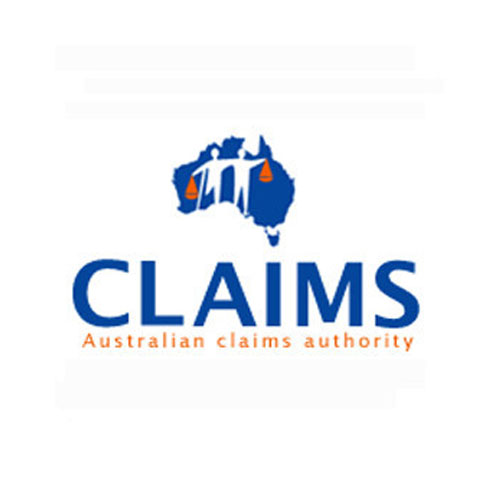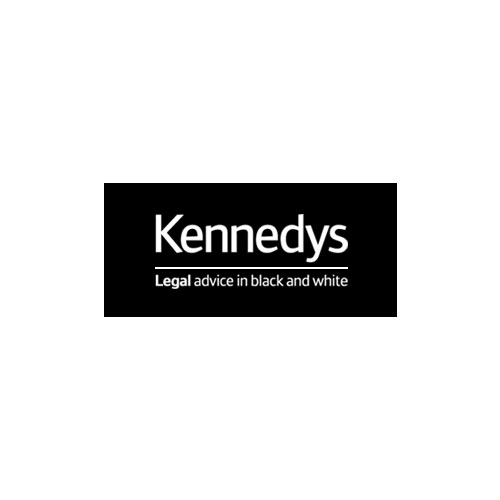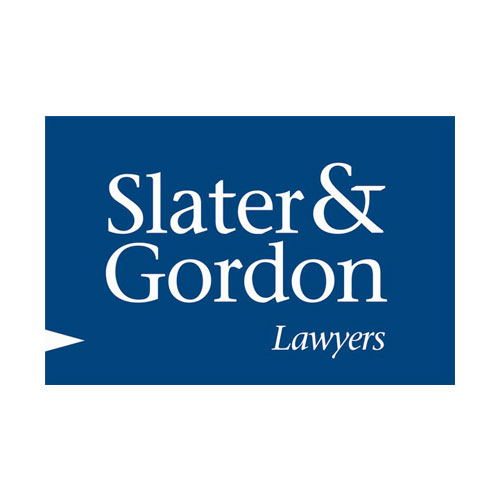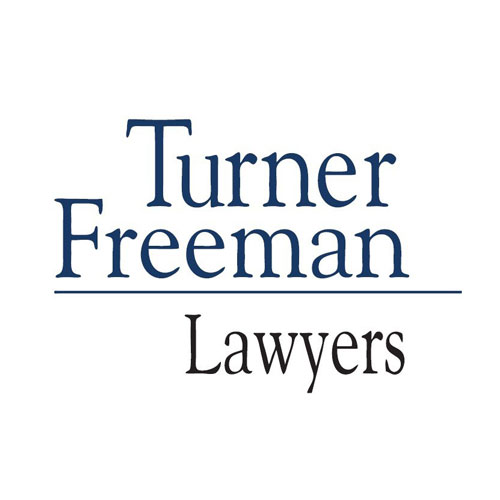Any business or public space holds the people who traffic through their premises in their duty of care. This means that business or property owners are liable for any accidents or personal injuries that happen on their watch.
In today’s litigious society, most businesses are at least partially covered by public liability insurance. If you are injured while using a public space, it is from the business owner or owner/manager of the premises that you will probably claim from. Be aware that public liability insurance only covers third party injuries of the public, not employees of the company itself as this is covered by other insurance.
Businesses at particular risk are those involved in performing a service in another party’s premises (movers), servicing people’s assets (car service) and manufacturing products (furniture) that can inflict damage.
Types of public liability
Depending on the groups of individuals that interact with a business or premises, different types of liability insurance may be required.
- General and tenant insurance covers cases in which a member of the public or a tenant has been injured. e.g. If a gym member is injured slipping on the wet gym floor, or if the tenant is injured by a bursting geyser.
- Product liability protects businesses from damages caused by goods to customers, and also from products arriving in a damaged state, and wrong delivery.
- Defective workmanship liability protects businesses from damage or injury to the public resulting from manufacturing defects.
- Contractors liability provides protection against damages and injuries to third parties resulting from construction and maintenance work.
- Professional indemnity protects professionals from loss/injury/damage to third parties due to erroneous advice or treatment.
There are two principal types of claim
1. Claims of small value, these are the most common
e.g. Unkempt walkways, potholes, objects falling off of construction sites.
2. Claims of large value, these are less common
Generally occur due to failure on the part of the business to protect the person from injury.
e.g. A member of the public is injured by falling debris on a street-side construction site.
Damages claimable for product liability:
- Past and future medical expenses resulting as a direct consequence of negligence regarding the product or product defects
- Past and future loss of earning
- General damages, pain and suffering
- Support loss, in the case of the death of the breadwinner
Do you need to claim for public liability?
If you have been involved in an accident while using a public space that is the fault of a business or government, where you were not at fault, you may want to claim back for damages from the insured party. If the responsible party is not insured then your claim will have to go directly through the individual that caused that accident. In order to successfully claim you must prove the extent of loss you suffered, as a result of the incident, as well as negligence on the part of the business or property owner. In the case of injuries on the road or while at work, negligence need not be proven.
In order to claim from the responsible party
Claiming against a negligent party is a complicated process involving several different levels of legal statutes as well as being affected by where you were injured as different states and territories have different requirements for proving claims, and also different claim compensation limits. In some cases, such as motor vehicle accidents you can process the claim directly, without a lawyer. However, most law firms offer a free first consultation to help you determine whether your claim is valid or not. You lawyer will also make sure that you have the right documents and that your claim is processed through the correct channels.
- You, as the claimant, must first prove that the damages suffered by you are a direct result of the incident.
- You must prove negligence on the part of the insured party, such as selling second hand tyres as new.
- You must show that the accident was not your fault, alternatively if your were partially at fault, you need to show the extent of which your negligence exacerbated the incident.
Preparing to see your lawyer
Before seeing your lawyer, it may help things run smoothly if you are prepared. Try to have as many of the following relevant documents at your appointment:
- Identity document
- Documentation of the accident and damage caused, such as photos
- Registration number of the car that caused the accident
- Police case number
- Personal details of the responsible party and anyone else involved in the accident
- Personal details of any witnesses to the accident
- A hospital patient number (if you have one)
- A medical report from a physician attesting to the injuries you obtained as a result of the accident
If claiming for loss of support, a death certificate and copy of the latest payslip may be required.
How long will it take to be compensated?
Each case is different, and has to be evaluated based on its own merits. The claims process is not quick, taking up to 18 months, so you will have to be patient. In the case that your claim is unsuccessful, most law firms will not charge for their services. If your claim is successful your solicitor will recover the value of their fee and expenses acquired during the claims process. Most claims are settled out of court and are not presented in a formal hearing.








